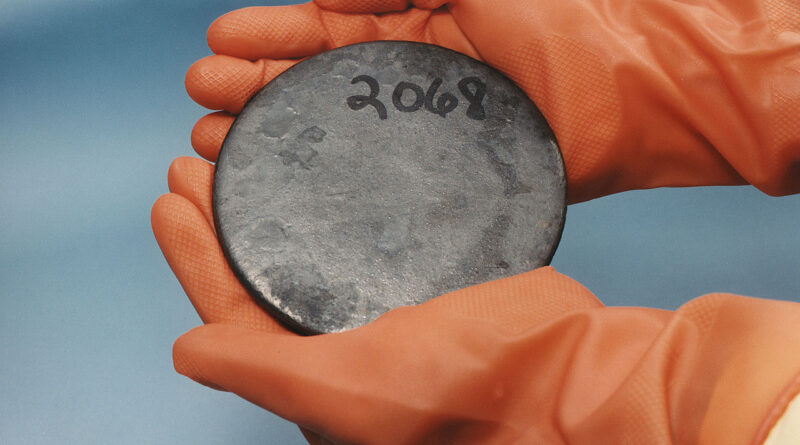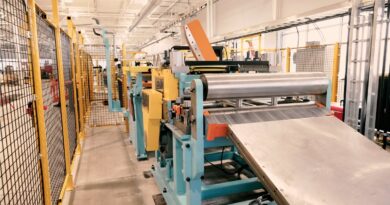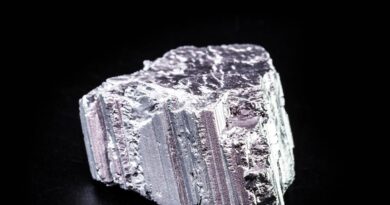Canada’s small modular reactors bet moves from paper to concrete
In May 2025, Ontario Power Generation received the final approval to begin construction on the first of North America’s first grid-scale SMR: the GE Hitachi BWRX‑300 at Darlington.
What began as a pilot in the late 2010s is now a CAD$6.1 billion construction project, part of a broader C$20.9 billion buildout for four units at the site to be completed by 2028-29.
For uranium, the implications are material. Each 300 MWe unit requires roughly 200–300 tonnes of uranium annually. Four units in Darlington equates to an estimated 1,000–1,200 tU/year, or roughly 3% of current global uranium production.
The UK approves the Rolls Royce of SMRs
Across the Atlantic, the UK has (finally) approved its own SMR pivot. On June 10, 2025, the government announced a US$3.4bn commitment to Rolls-Royce SMR, selecting it as the lead technology for three new reactors to be built by the mid-2030s.
The funding is part of a wider US$25bn push to expand domestic nuclear capacity, including the large-scale Sizewell C and a prototype fusion plant. But the SMR announcement stands out because its targeting not just power generation — but exports. Rolls-Royce has already partnered with the Czech Republic to develop a “strategic partnership” over.
If the UK moves ahead with a full fleet — 16 units were originally proposed — annual uranium demand could exceed 4,000 tU. Even the initial three reactors will require an estimated 1,000 tU/year.
Each 470 MWe Rolls‑Royce SMR is expected to consume approximately 350–500 tU/year, based on estimated scaling from 300 MWe designs and industry data (WNA fuel usage benchmarks.




